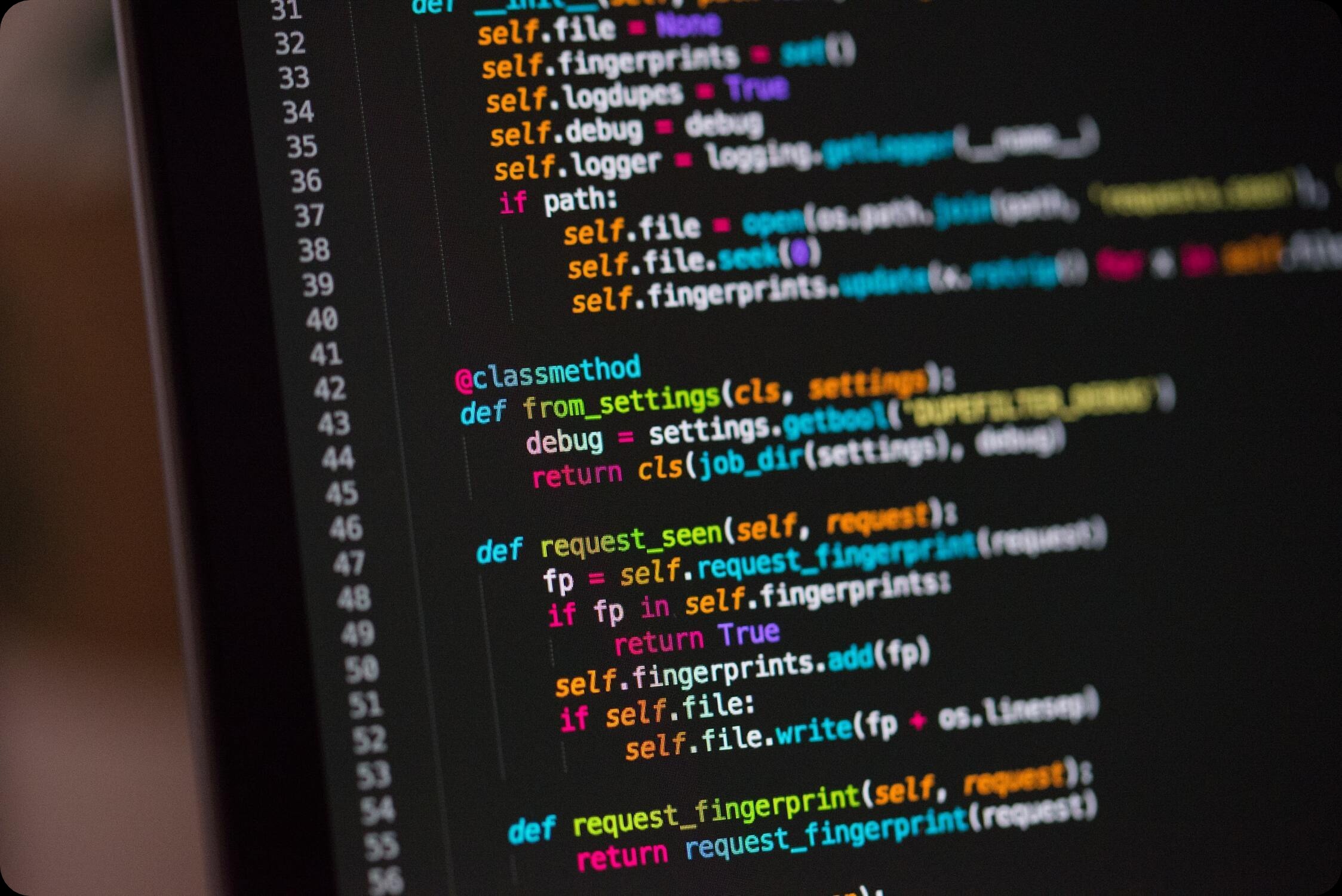

Watching or browsing a YouTube tutorial on Python is not always the best way to learn Python. Without a competent programming tutor, learning new languages quickly and effectively becomes extremely difficult, mostly due to the lack of experience of the students.
The hours spent looking for what students need, well taught in the right way by the right teacher, will be best spent studying the language and training for its use in the real world. And there are several easier ways to learn Python (or whatever), than some. Please continue to learn more.
Why Learn Python?
The environment today is powered by machines more than ever before. Programme, regardless of the chosen field, will remain an important skill for learning in the future. Python is one of the most flexible and easy to use programming languages currently in use, as we will discuss below.
Python is Beginner-Friendly
Python is a concise programming language and forgives its syntax to developers from all levels of expertise. It can work on any system because of its cross-platform nature. In addition, Python is modernly developed Given the consistency of software-based programming with best practises, beginners can save time and energy beginning with a language designed for modern development. Design paradigms such as object-based programming. By integrating these principles into your vocabulary, Python prevents the training of poor habits and behaviours in your early career and further development.
Python Has a Strong Ecosystem
Python has a huge ecosystem as well as the advantages of language design. His massive community has developed open source libraries and packages for almost every conceivable case of use. Regardless of the project on which you work, it is possible that at least some portion of this project exists already in the Python library ecosystem. This ecosystem includes libraries specialising in new, active disciplines such as automation, analysis and data science. Libraries like NumPy, Matplotlib and Pandas can be key to Support in the workflow of a data scientist.They can add Python powerful mathematical skills, tools for data analysis and data planning to support the growth of the data science.
Python is a Popular Choice for AI
Similarly, artificial intelligence production today is without doubt a hot subject. For more detail, see our article on Popular Python AI Libraries. Python also supports various machine learning applications, as well as expert systems, and natural language processing, so that AI developers only need Python to find the tools for their projects.
Use Python for General Automation
In addition to the tremendous research capabilities of Python, its robust automation can also add value to commercial efforts. You can automatically scratch data from websites, send e-mail, build incounts and scripts (check Automate the boring stuff with Python for further use). With the majority of the automation work done for you in libraries available in the Python ecosystem, automation will start making your business renter and easier to run with a quick kit installation.
All that’s left for you to do is to dive in and learn Python.
Best Ways to Learn Python
1. Contribute to Open-Source Projects
The best way of acquiring information that can not be directly told is to learn by construction projects. If you are not prepared to develop your own projects, open-source projects can contribute to real-world applications without the original concept. All that is needed to learn Python this way is involvement and a learning inclination.
There are a variety of resources available that can help developers to discover new open source projects. Sites like First Timers Only offer a multi-stage comprehensive guide, which helps new developers to find projects which accept contributions but also contribute to healthy projects, such as those with published codes of conduct. A search engine Up For Grabs also actively seeks new contributors for projects.
CodeTriage may be the most comprehensive way to connect developers to open source projects. The site works by selecting a number of problems affected some open-source projects and repositories they chose to notify and assign developers to them. It saves developers time in the pursuit of projects and allows them to make significant changes
2. Go Through a Python Tutorial
For those who still work to build trust immediately, taking a Python tutorial can provide the appropriate learning environment to boot your development skills. You can find the right resources and content to teach you what you need to learn in a guided tutorial. In contrast to the shallow understanding, which will inevitably result from a quicker and longer understanding, Python is the result. Google's stack overflow searches and browsing.
Typical curricula include first learning Python 's principles and its syntax and then translating into certain language features for the use of data science and web development cases. You can expect to know native data types for Python (such as lists and dictionaries) and some popular Python libraries for your own use. This takes place in a controlled environment focusing not on the potentially overwhelming nature of a project in a real environment, but on absorbing concepts.
Summary
Learning a language of programming is one of the best means of developing your jobs and getting ready for the new employment market. Of all programming languages, Python is obviously among the friendliest new students for Python. In order to learn Python, developers are able to learn by applications from the world of open source projects or take one of the most commonly available Python lessons that guide the programming language step by step.